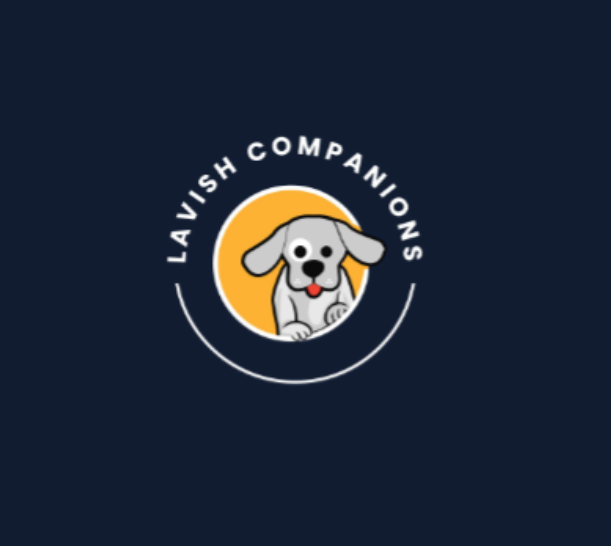UNDERSTANDING HOW TO TRAIN YOUR PET!
If you want to train your dog, you can read this article. We’ll go over Basic commands, Socialization, Shaping, and Desensitization. If you’re not sure where to start, we’ll walk you through each one step by step. Ultimately, you’ll have a perfectly behaved dog in no time. But how do you train a dog to listen to your commands? The process can be difficult and time-consuming, but it’s worth it!
Basic commands
If you have a pet dog, you must first teach it how to behave properly in a certain place. Then, you can use the command “sit”

to get your pet to stay in its place. Once your dog understands that sitting is not acceptable, you can teach it to come when called. Basic commands will make your life easier. For example, your pet dog will learn not to steal or bark if you tell it to stay in its place.
The ‘watch me’ command should be taught in the same manner. The first step is to hold an object that your dog would like to get, such as a piece of dry dog food. Once your dog is enticed by this object, pull it close to your body and give it a treat. After a few attempts, the gesture of pointing to the floor will suffice. Eventually, you will need to teach your dog the command itself.
Once you’ve mastered the basics, you can start adding new commands. For instance, you can teach your dog to sit when it wants something, or when it’s busy. Your pet will also learn that sitting indicates boundaries. Learning to sit can also help you to get along better with your pet, and you’ll have a happier life together. Using these commands will help you bond with your dog and prevent problems down the road.
Socialization
 All About Pet Socialization is an important part of raising a well-adjusted dog. Socialization is the process by which dogs become familiar with situations and learn to behave in different ways. New people, objects, and places must be introduced to puppies, and it is important to make them comfortable with these new experiences. During the socialization process, puppies are encouraged to make friends and play with other dogs. In addition, socialization helps prevent separation anxiety, which is a common affliction in dogs.
All About Pet Socialization is an important part of raising a well-adjusted dog. Socialization is the process by which dogs become familiar with situations and learn to behave in different ways. New people, objects, and places must be introduced to puppies, and it is important to make them comfortable with these new experiences. During the socialization process, puppies are encouraged to make friends and play with other dogs. In addition, socialization helps prevent separation anxiety, which is a common affliction in dogs.
A dog’s socialization process will be different for different breeds. Some are socially tolerant and calm around people and animals, while others may be more aggressive or destructive. Whatever your dog’s personality is, he will benefit from socialization. In fact, it will make your dog more confident, friendly, and relaxed. In addition to this, socialization will also help prevent any future problems, such as chasing after other dogs.
When it comes to socializing puppies, the process should be fun for everyone, including the pup. New stimuli should be brief and frequent. The puppy should be calm and relaxed at all times, and any new experience should be a positive one. A playful playdate with other dogs is a great way to start socialization. Make sure to pick a different location for each playdate, which will ensure that your puppy does not develop territorial behavior.
Shaping
In addition to providing the right level of challenge, shaping your pet’s behavior is also highly beneficial. It helps you reinforce small pieces of desired behavior while gradually building up the entire routine. Shaping has three core elements:
First, you need to create a visual marker for your dog to associate with your place. A visual marker will make the behavior more memorable for your dog, while making it easier for you to generalize. To shape this behavior, stand several feet away from a carpet square and click when the dog begins to move toward the place. Note: The motion does not have to be directly toward the place; it just needs to be general.
Another way to speed up the shaping session is to place rewards in physical locations, which your dog can access without letting you pick up the treats. By placing rewards in the physical location where your dog will see them, you will give them an extra push to start the next repetition. However, it requires a lot of planning and flexibility. Food can be delivered directly to your dog. During training sessions, you should always keep track of how many treats you give your dog before and after each session.
Desensitization
The study was conducted in a veterinary clinic, Smith Lane Animal Hospital, at the Ontario Veterinary College, with the dogs randomly allocated to a desensitization or control group. In each group, the dog owners were instructed to counter-condition their dogs to exam-style handling by regularly exposing the dogs to veterinary clinic environments. The dogs were assessed twice – once four weeks after the first session, and again at a month and twelve weeks later.
When a dog is exposed to a trigger, it shows subtle signs of stress. It may bite, growl, or snarl in response to the situation. Using desensitization techniques, the dog can learn to ignore the trigger by experiencing it without a negative physiological response. As the dog continues to experience the same stimulus, over time, new connections form in its brain, and it no longer responds in an uncontrolled way.
Another example of using desensitization in pet training is with fireworks phobia. Dogs generally fear loud noises, and it is possible to reduce this fear by desensitization. If the loud noises trigger the fear, you can find clips online. It’s also possible to find videos of audible triggers, such as fireworks, on the Internet. Desensitization techniques can help dogs overcome their fear of fireworks and other loud noises.
Counter-conditioning
To train your dog to stop fearing another dog, counter-conditioning works by pairing a negative stimulus with something your dog enjoys. For example, a dog might prefer an apple over chicken, and vice versa. In either case, you need to find out which item your dog enjoys the most and then associate it with the stimulus. This will reduce the fear when your pet anticipates the good thing.
When introducing a new stimulus to your dog, be sure to use a counter-conditioning treat to reinforce the behavior. The longer the time between the stimulus and the treat, the less likely your animal will respond in fear. Also, make sure that your dog only gets treats if a certain event occurs. This will reduce the likelihood of defensive aggression. Counter-conditioning requires that the stimulus is something that your dog enjoys.
The process is similar to classical conditioning, but involves exposing your dog to a positive or neutral stimulus in a controlled environment. During classical conditioning, the dog is exposed to high-intensity stimuli over time. Then, the association changes. By repeating this procedure over time, your dog will start to associate the new stimulus with a more positive experience. You can even change the association if your dog is scared of something, such as a cat.
Punishment
Punishment is a common tool in pet training. It is the most common way to correct unwanted behaviors in dogs. However, if used improperly, punishment may lead to further undesirable behavior. A successful punishment requires that the pet’s behavior is accompanied by an unpleasant consequence. The punishment must occur in conjunction with the behavior, or it may backfire and make the pet fear the owner. Direct interactive punishment can also lead to aggressive responses from the pet, which can continue when the owner is absent.
When used appropriately, punishment can be an effective teaching tool. However, it must occur every time the dog performs the unwanted behavior. If the punishment is not consistent, the dog may not understand why it has been punished and continue performing the same undesirable behavior. Therefore, the punishment should occur within a matter of seconds after the dog has performed the behavior. In addition, the punishment must be startling enough to discourage the dog from repeating the same behavior.
A simple form of negative punishment involves removing the object of value from a dog. Taking away the dog’s favorite toy or tasty treat is a good example of a negative punishment. This technique can be effective at reducing unwanted behaviors, but it is important to remember that the pet’s preferred object is the one that you’re trying to prevent from repeating. Positive punishment is the opposite of negative punishment. It is more effective in reducing the likelihood of a behavior reoccurring.



